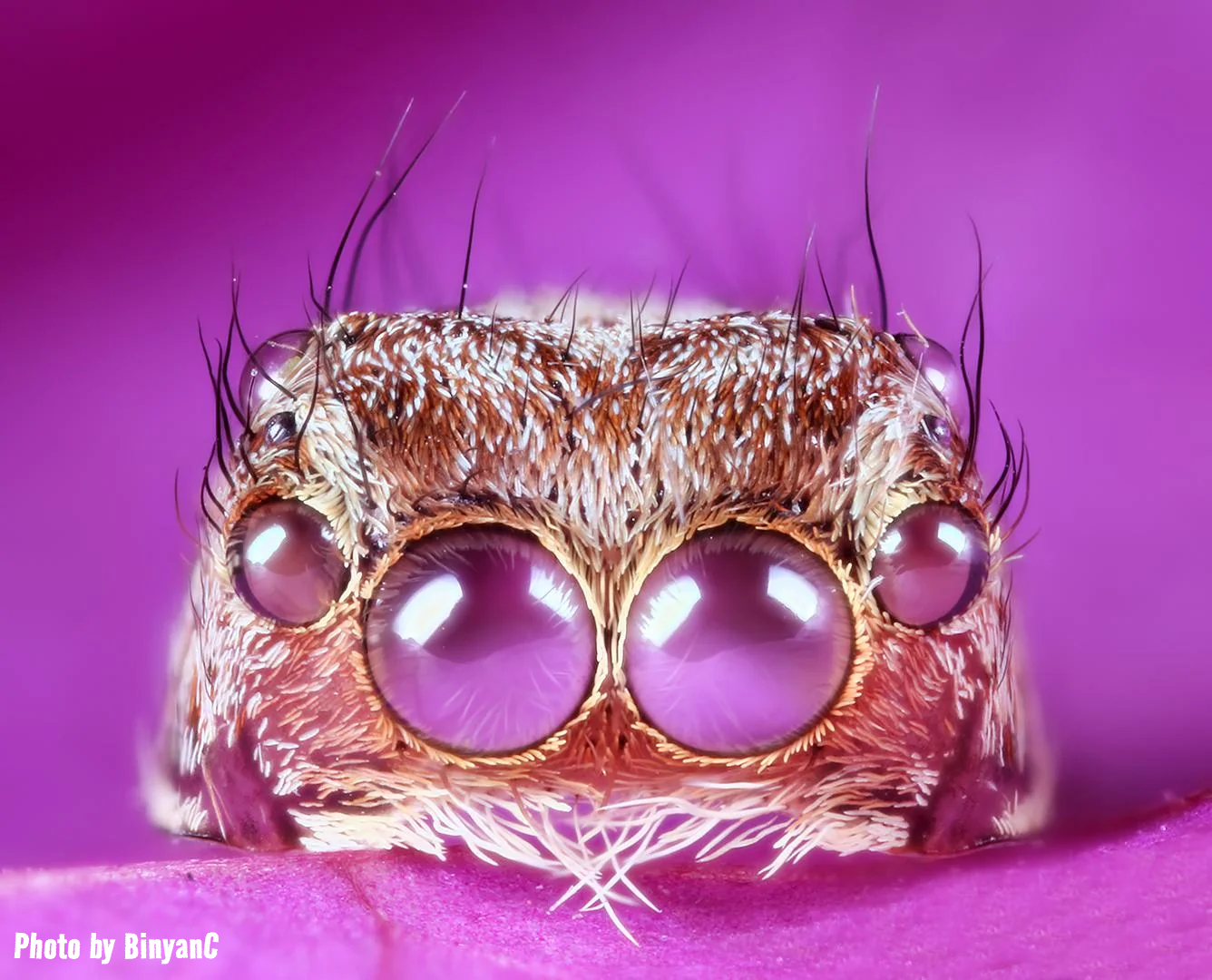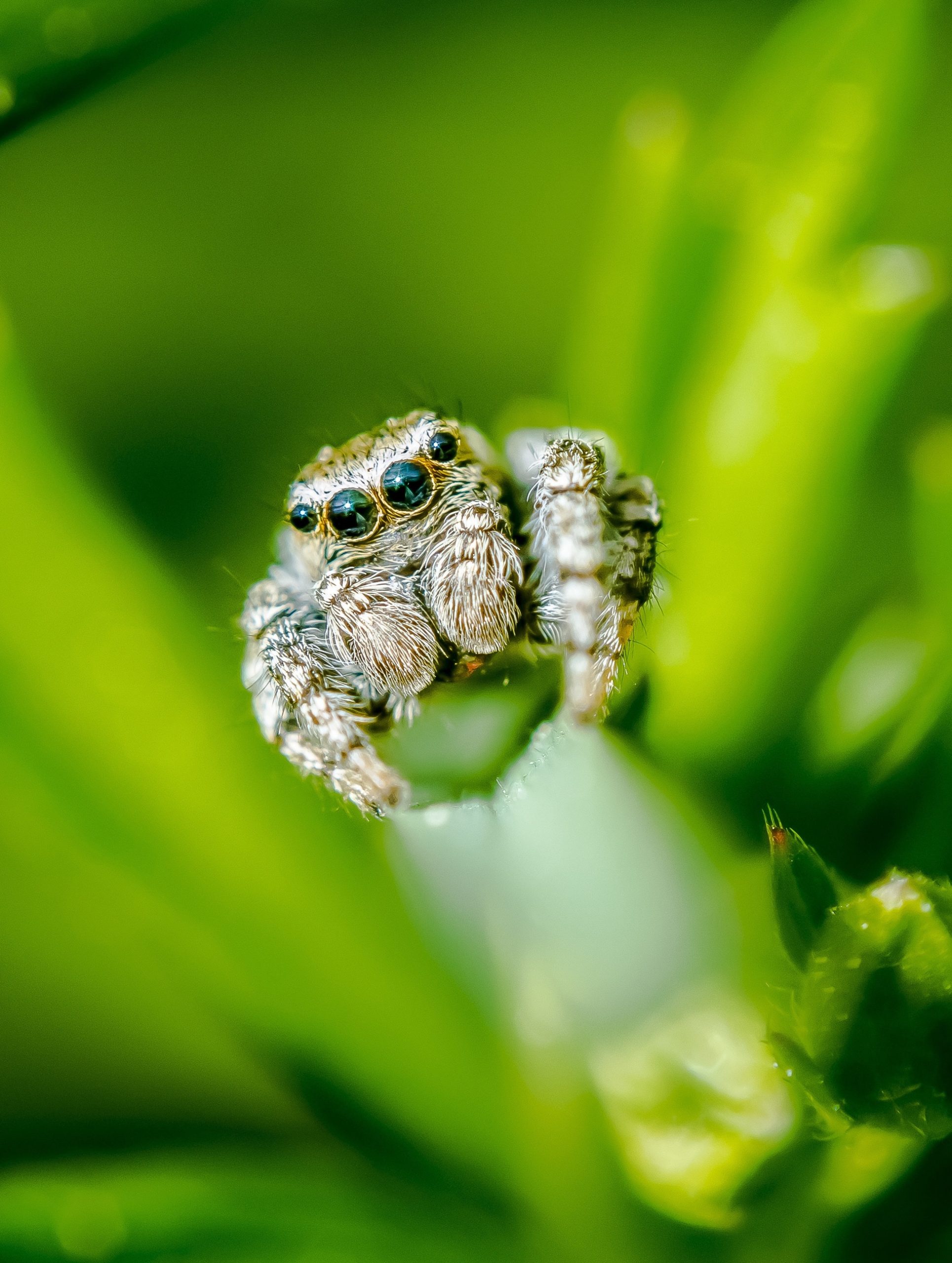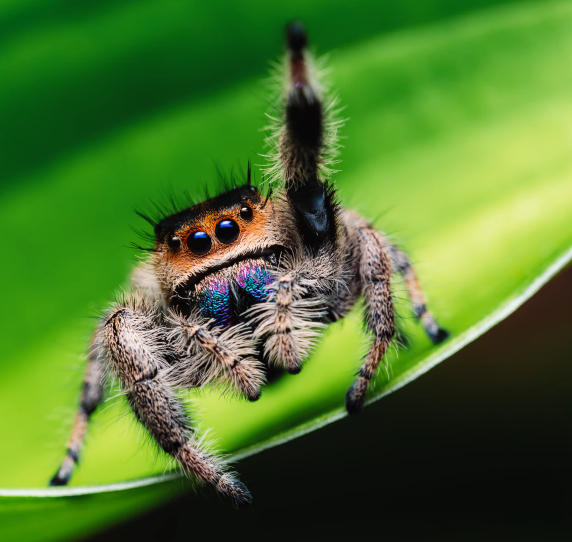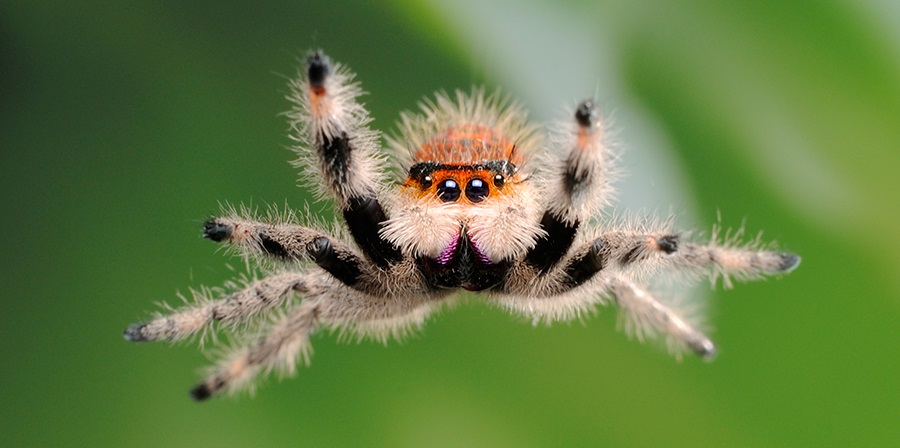Discover the Fascinating World of Jumping Spider Hats
While the title might remind you of the opening page of a cheerful children's book, behind this title lies an intriguing story about the extraordinary world of the jumping spider hats.
In this blog we will tell you more about the fascinating life of the jumping spider and the important process known as molting. Learn how this important aspect of their existence is critical to their growth and survival. And about the unique way in which the jumping spider accomplish this arduous task.
Why does a jumping spider molt?
jumping spiders molt to grow and adapt to changes in their living environment. The molting process is essential to their growth and development throughout their lives.
Like many other arthropods, have jumping spiders an exoskeleton – a hard, protective outer layer that supports and protects their bodies.
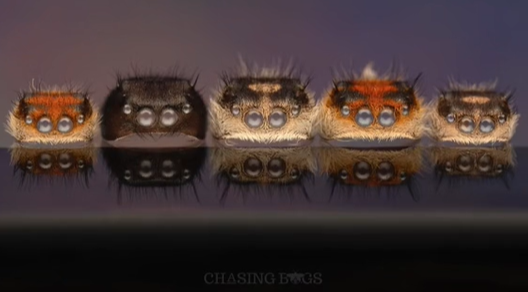
Jumping spiders molt to grow and adapt to their growing bodies. Their exoskeleton is replaced by a larger, flexible version, allowing them to continue growing.
As one jumping spider grows, its body becomes too large and the existing exoskeleton becomes too tight. In order to grow, the spider must shed its old exoskeleton and produce a new, larger version.
After a successful molt, the jumping spider emerges with a new exoskeleton better adapted to its larger body. This new shell is more flexible and allows room for further growth before the next molt is required.
A Special Technique of Shedding
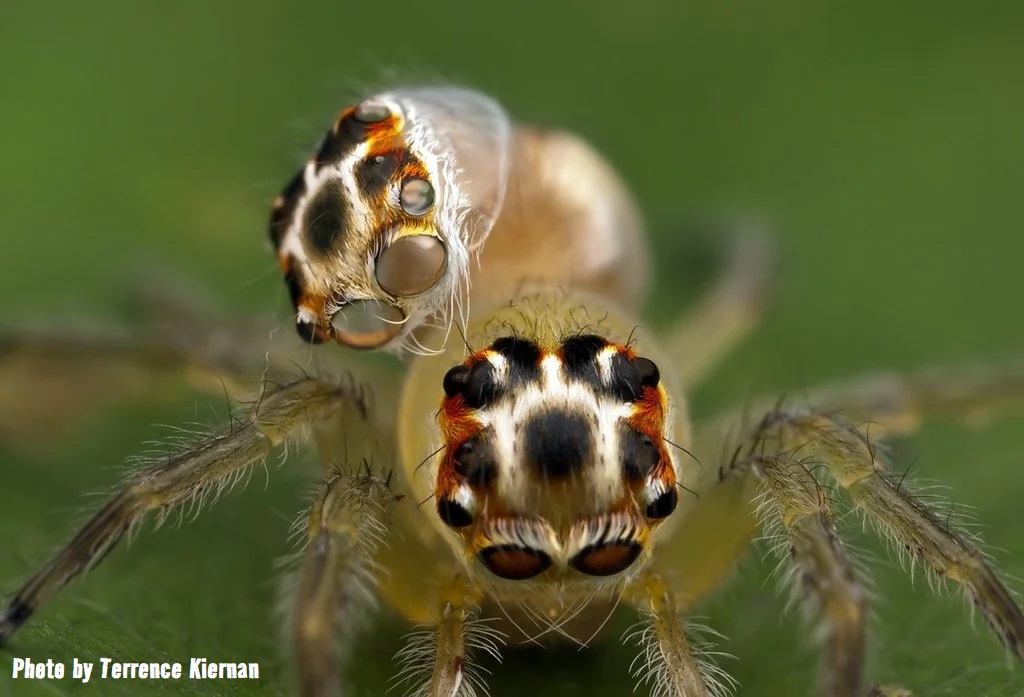
De jumping spider exhibits a unique and fascinating way of molting, and it all starts with his “hat”.
During the molting process, the jumping spider releases enzymes that weaken its old exoskeleton, but here comes the peculiar twist: before the old exoskeleton is shed, the jumping spider with the careful lifting of his “hat”.
Once the hat is shed, the jumping spider start gradually crawling out of his too tight jacket.
After the completion of the molt, the jumping spider emerge with an updated hat and a larger, more flexible exoskeleton, ready to face the world with a renewed energy.
The jumping spider reveals a unique way of molting, in which the 'hat' plays an important role. With care and enzymes, the spider weakens its old exoskeleton, after which the molt starts with the lifting of its hat.
The Intriguing Hobby of Springspin Collecting Hats
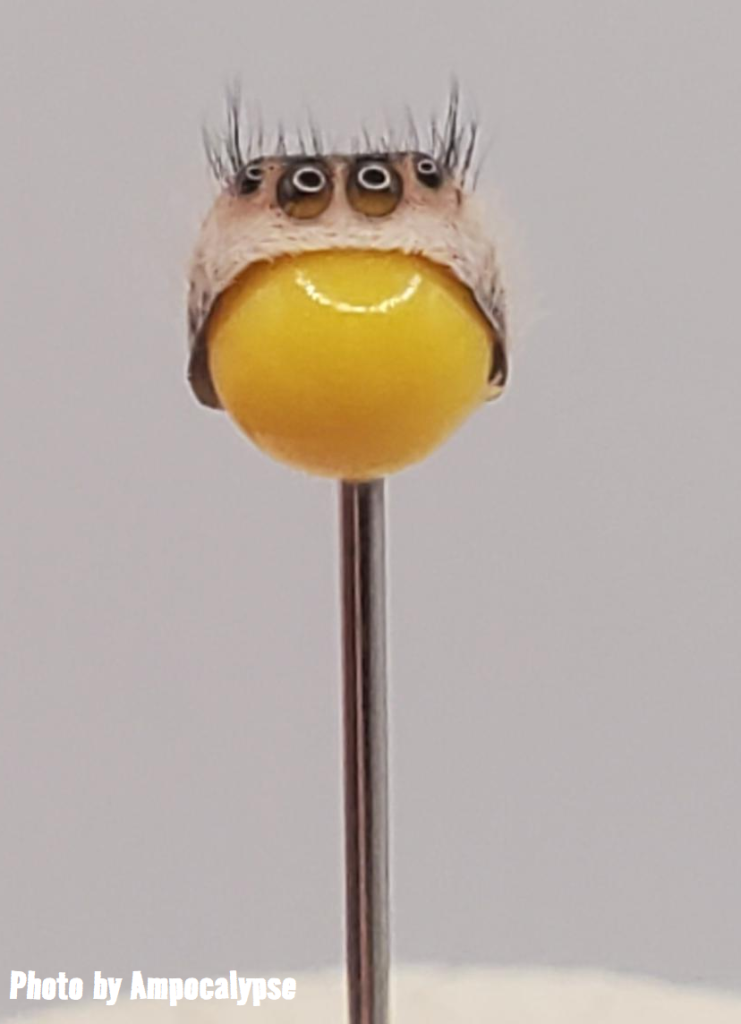
You will be surprised that there is a special hobby among nature lovers and jumping spider enthusiasts: collecting Springspin hats.
While this may sound unusual, it's a fascinating way for these passionate collectors to learn more about their own jumping spider.
And can it contribute to the knowledge about the diversity and characteristics of different Springspin species. Each hat tells a story, from the size and color to the unique patterns that distinguish the spider.
These special collectors spend a lot of time keeping an eye on when their jumping spider gets bored. And of course the process of looking for these tiny hats in it jumping spiders stay.
Collecting Springspin hats is a unique hobby that gives a glimpse into the growth process of these special creatures.
jumping spider Collecting hats is a fascinating hobby that brings together curiosity and admiration for these tiny creatures. Each cap tells a story of growth and adaptation, allowing enthusiasts to witness the mesmerizing metamorphosis of each jumping spider from juvenile to adult.
Have you become curious about this fascinating process? Read more in our blog »Molting in jumping spiders"
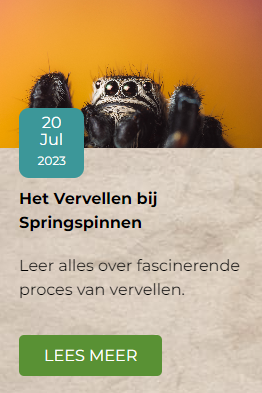
How many Springspin Hats can you collect?
jumping spiders molt an average of 6 to 9 times until they reach adult size. So these little creatures also shed their "hats" 6 to 9 times. Each of these caps represents an important stage in the spider's life, where growth and adaptation are key.
Some enthusiasts have devoted themselves entirely to collecting every Boredom Hat of theirs jumping spider. Thanks to this meticulous collection, they can witness the enchanting metamorphosis of each jumping spider, from young spider to adulthood.
This special jumping spider hat collection offers a unique view of the life and growth of jumping spiders. They show how each spider adapts to its environment and grows in size on its way to adulthood.


